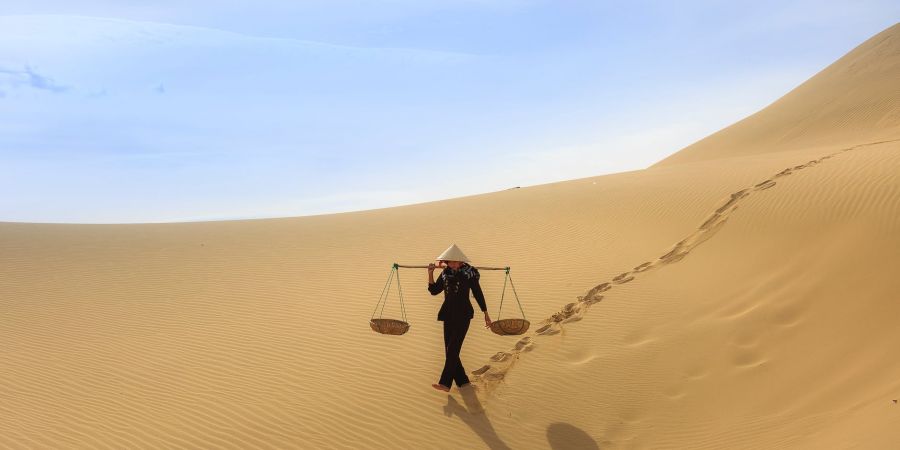

Hello everyone! In this blog is about sands…
Quartz Sand:
The majority of sand is quartz sand. It is considered the finest quality because it is the hardest type of sand. It helps retain moisture and makes the soil rich and well-draining.
Red Sand:
Red sand is less refined than the quartz sand. It tends to have a red tint due to iron content. Iron is a mineral that is necessary for the growth of plants and aids in proper cellular construction of plant cells. There is no difference between the two types of sand except for their color.
Green Sand:
This type of sand has very low iron content. It contains much less carbon-based toxins than other sands. Because it does not have any iron, it is referred to as green sand.
Black Sand:
Black sand is the least refined sand. It has almost no iron content at all. It is mainly composed of silica (SiO2). SiO2 is the base material of glass. This sand's lack of iron means that its effect on plants may be negative.
Grey Sand:
Grey sand is the mixture of both quartz and black sand. It was created to achieve the best results of all three types of sand. However, grey sand is still a combination of the two.
Coarse Sand:
Coarse Sands are commonly used to make sandboxes, flower beds, and other growing areas. They are easily worked by hand and allow for effective drainage. When using coarse sand, avoid buying it from the hardware store because they may use chemical additives to improve its quality. Instead, look for local, natural coarse sands.
Medium Sand:
Medium Sand is ideal for growing smaller crops or seedlings. It is suitable for planting seeds, bulbs, flowers, fruits, vegetables, and herbs. When you purchase medium sand, ensure it doesn't smell or feel damp. Avoid purchasing sand that feels dry or packed down as it could affect its ability to soak up water.
Fine Sand:
Fine Sand is the best sand for a potting mix. They work well for potted plants because they are small enough to get around delicate roots and maintain optimal moisture levels. When purchasing fine sand, look for it to be free of clumps or lumps. As with medium sand, avoid buying sand that smells wet or feels moist.
Silt sand:
Silt sand is comprised of particles that are less than 2mm, and are called silts. These particles tend to have a high concentration of clay and silt. Silty soils tend to hold water well and drain slowly, which means they tend to retain moisture and often result in wet roots. Silty soil is good for growing certain types of crops, especially those that require a lot of moisture. Soil with this type of composition tends to produce heavy yields of biomass and seeds. You need to use caution when choosing varieties of plants that are not suited to these conditions.
Thank you..
Please follow me and gives ❤️








